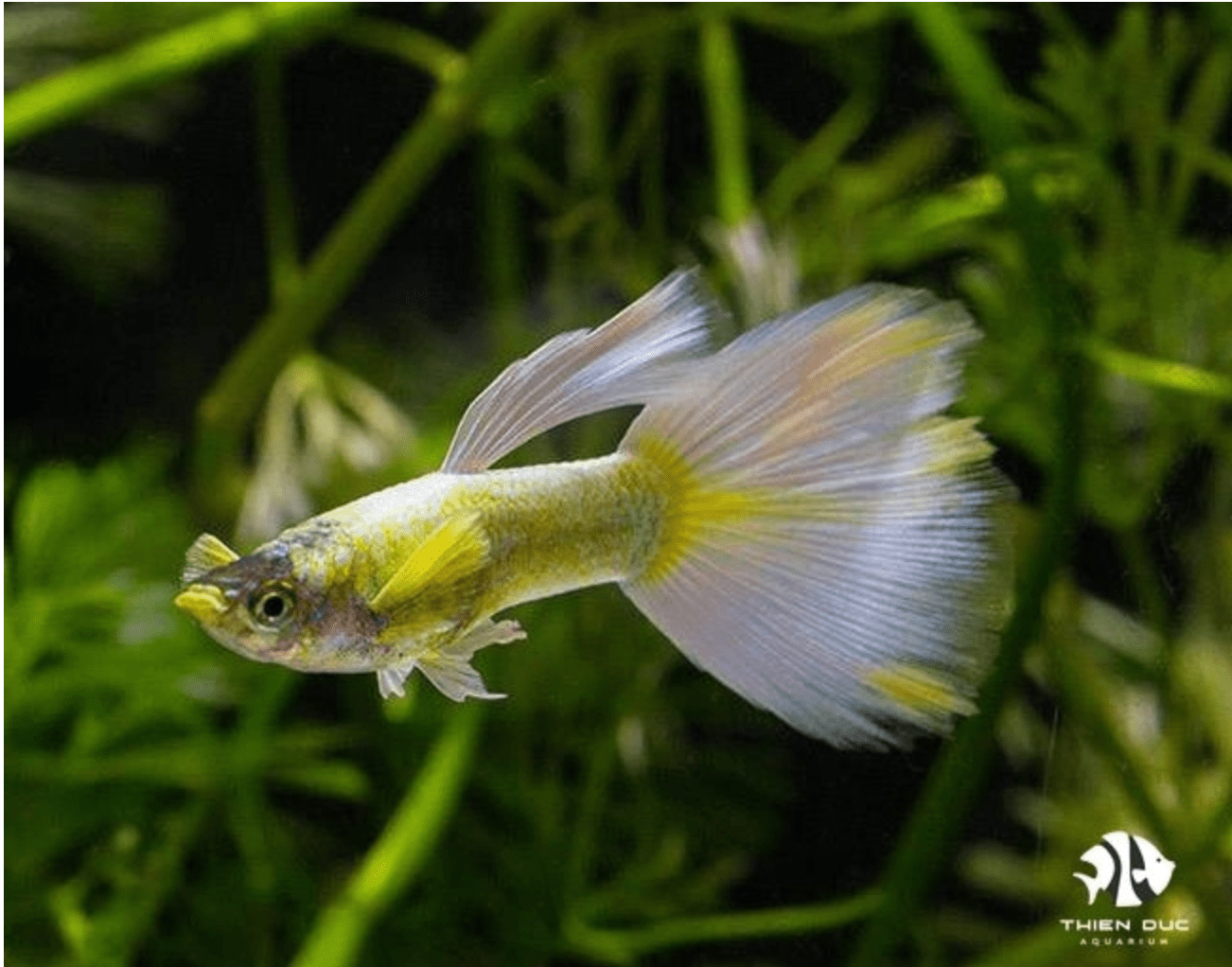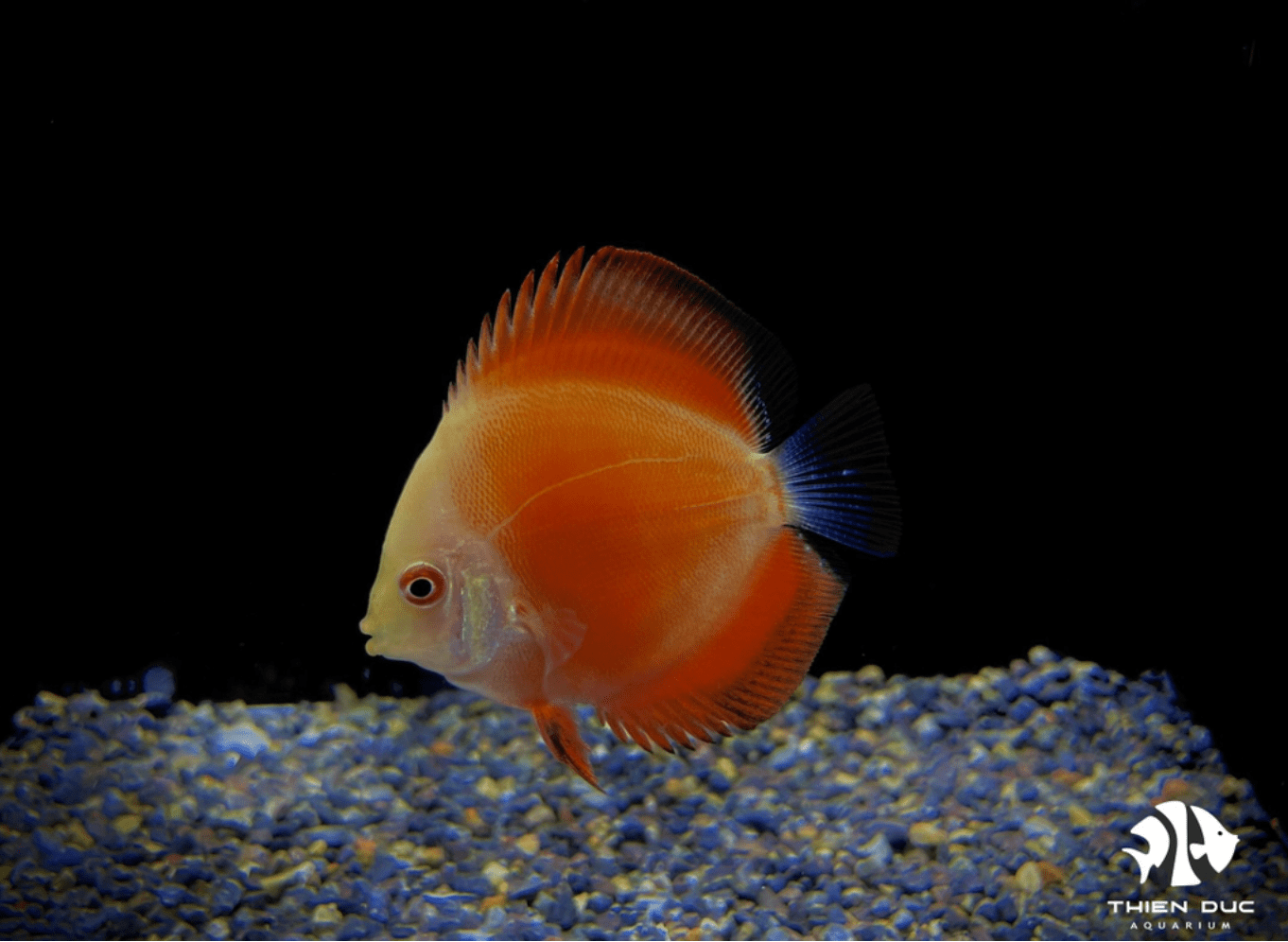Fish Species For Biotope Aquarium: Perfect Natural Combos
Capturing a small slice of a wild river in your living room is the ultimate aquatic art. The true magic of this ecosystem lies not just in the decor, but in a community of fish living as they would in nature. At ThienDuc Aquarium, we specialize in bringing these authentic habitats to life. Creating this harmony begins with selecting the correct fish species for biotope aquarium. This guide will help you build a stunning, true-to-nature underwater world that goes beyond aesthetics to become a thriving ecosystem.
What Defines an Authentic Biotope Fish Community?
A true biotope aquarium is a meticulous recreation of a specific natural habitat from a precise geographic location. Unlike a standard community tank where fish are chosen for looks or general compatibility, a biotope demands authenticity. Every element—fish, invertebrates, plants, substrate, and even water chemistry—must mirror those found together in a specific wild environment, like a particular tributary of the Amazon River or a single stream in Borneo.

The foundation of this approach is ensuring every inhabitant is part of the same ecological puzzle. This is the challenge and reward of choosing the right fish species for biotope aquarium. The goal is to create a balanced system where inhabitants feel secure, display natural social behaviors, and thrive in conditions perfectly suited to their evolutionary needs.
Curated Biotope Stocking Ideas: From Asia to the Amazon
The world is filled with incredible aquatic habitats to replicate. The key is to avoid mixing fish from different continents or even different river systems within the same region. This discipline is central to finding the right fish species for biotope aquarium. To help you start, we’ve curated three distinct and popular setups, each with a carefully selected list of fish species for biotope aquarium. These combinations are not only geographically accurate but are also chosen for their peaceful coexistence and complementary use of the aquarium space.

The Southeast Asian Blackwater Stream (Our Specialty)
This biotope replicates the tannin-stained, slow-moving waters of a forest stream in Borneo or Sumatra. The visual is defined by a dark, tea-colored water column, created by adding driftwood, catappa leaves, and alder cones. The substrate should be soft sand, covered with a layer of leaf litter.
-
Environment: Dense driftwood branches, floating plants like Salvinia to diffuse light, and scattered leaf litter.
-
Water Parameters: Soft, highly acidic water (pH 5.5-6.5), with a low general hardness (GH 1-5).
-
Recommended Fish Combo:
-
Centerpiece/Main Shoal: A large group (12+) of Harlequin Rasboras (Trigonostigma heteromorpha) or the more slender Galaxy Rasboras (Celestichthys margaritatus).
-
Mid-to-Top Dwellers: A pair or trio of Sparkling Gouramis (Trichopsis pumila) will add fascinating croaking sounds and intricate behaviors.
-
Bottom Dwellers: A group of at least six Kuhli Loaches (Pangio kuhlii) will sift through the sand and leaf litter, bringing activity to the tank floor.
-
-
Why it works: This careful selection of complementary fish species for biotope aquarium ensures a balanced and peaceful community where each species utilizes a different level of the tank without competing for space or resources.
The Classic Amazon River Basin Biotope
This iconic environment is home to some of the most popular fish species for biotope aquarium available in the hobby today. It aims to replicate a section of a clear-water tributary, characterized by a complex network of submerged roots and branches over a fine, sandy bottom.
-
Environment: A dominant feature of tangled driftwood, a sandy substrate, and minimal to no rooted plants. Floating plants can be used to create areas of shade.
-
Water Parameters: Soft and slightly acidic water is ideal (pH 6.0-7.0, GH 2-8).
-
Recommended Fish Combo:
-
Centerpiece Fish: A pair of German Blue Ram Cichlids (Mikrogeophagus ramirezi) or a single Angelfish (Pterophyllum scalare) in a taller tank.
-
Shoaling Fish: A large shoal (15+) of Cardinal Tetras (Paracheirodon axelrodi) or Rummy Nose Tetras (Hemigrammus rhodostomus) provides vibrant color and movement.
-
Bottom Dwellers: A group of six or more Sterba's Corydoras (Corydoras sterbai) to clean the substrate, accompanied by a Bristlenose Pleco (Ancistrus sp.) for algae management.
-
-
Why it works: This is a classic combination where the calm centerpiece fish are complemented by the active, peaceful shoaling species, while the bottom dwellers work as a diligent clean-up crew. Overall, it's a perfect example of how different fish species for biotope aquarium can create a balanced mini-ecosystem.
The Lively Lake Tanganyika Shell Dweller Biotope
A departure from the soft-water biotopes, this setup recreates the unique shoreline habitat of Lake Tanganyika in Africa. It’s a minimalist but behaviorally fascinating aquarium that showcases the specialized lives of shell-dwelling cichlids.
-
Environment: The focus is an open expanse of fine sand, generously littered with empty Neothauma snail shells. Minimal rockwork can be used to frame the sandy area.
-
Water Parameters: Very hard, alkaline water is mandatory (pH 7.8-9.0, GH 10-20).
-
Recommended Fish Combo:
-
Primary Species: A colony of Neolamprologus multifasciatus ("Multis"). Start with a group of 5-6; they will quickly establish territories in the shells and begin breeding.
-
Optional Dither Fish: In larger tanks (30+ gallons), a small, single-species group of Cyprichromis leptosoma can occupy the upper water column.
-
-
Why it works: The stars of this show are a fascinating group of fish species for biotope aquarium known as 'shellies'. This biotope is all about their behavior—digging pits, defending shells, and raising fry within their tiny homes. It's a dynamic and ever-changing display of natural instinct.
Sourcing and Acclimating Your Biotope Fish
The health and vibrancy of your setup depend heavily on the quality of the initial stock. Sourcing the correct fish species for your biotope aquarium from a reputable supplier who understands their origin and care requirements is the first and most critical step. At THIENDUC AQUARIUM, we pride ourselves on providing healthy, well-conditioned fish ready for their new home.

Once you have your fish, proper acclimation is crucial. We recommend the drip acclimation method over several hours, which slowly equalizes your tank's water parameters with the water from the bag, minimizing shock. Proper acclimation is especially critical when dealing with sensitive or wild-caught fish species for biotope aquarium. Finally, always use a quarantine tank for 2-4 weeks to observe new arrivals for any signs of illness before introducing them to your main display.
Conclusion: Choosing the Best Fish Species for Your Biotope Aquarium
Creating a biotope aquarium is a rewarding journey into replicating nature. Success lies in diligent research of a specific habitat and choosing fish that truly belong together. By focusing on a specific region, like a Southeast Asian stream or an Amazonian tributary, your selection of fish species for biotope aquarium creates a stunning and harmonious ecosystem. This thoughtful approach ensures your inhabitants thrive, displaying their most natural behaviors. The process of finding the right fish species for biotope aquarium is a joy in itself.
Contact Information:
For the finest selection of freshwater ornamental fish to bring your biotope vision to life, contact the experts at THIENDUC AQUARIUM.
-
Address: 57 Le Thi Sieng, Tan Thong Hoi, Cu Chi, Ho Chi Minh City, Viet Nam
-
Mobile: +84903912501
-
Office: +84982577871
-
Email: thien@thienducaquarium.com










